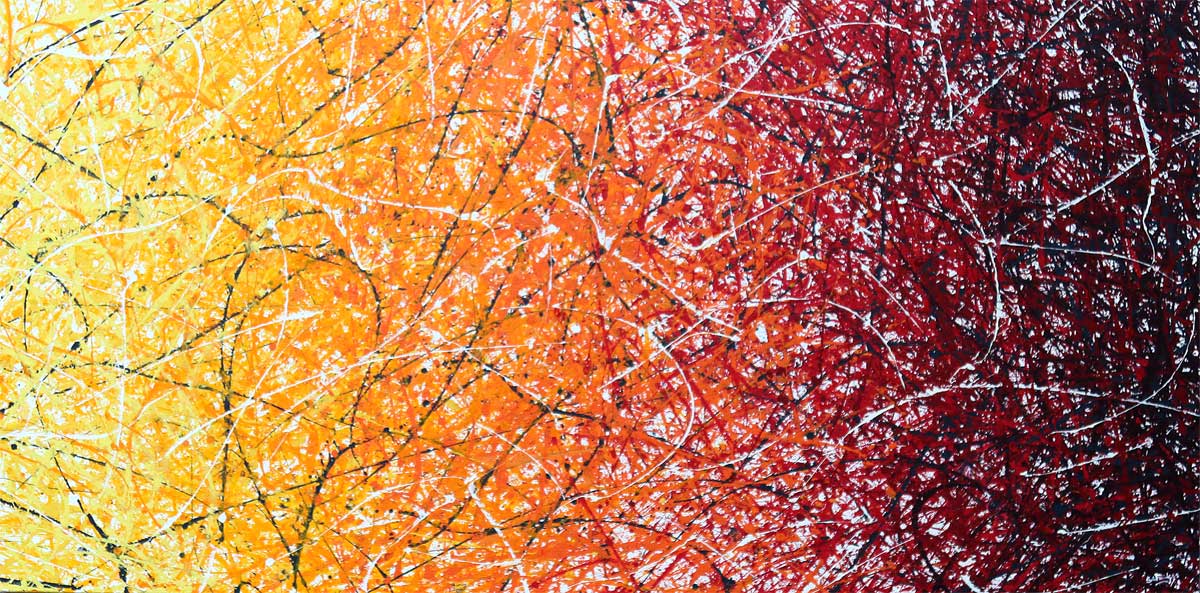

The Expand module in ANIMATE can bring out the glistening top end of any channel that needs a high-frequency boost. In this example, I’ll be using our plugin ANIMATE to dial in the expansion. Upwards expansion increases the volume of signals over the threshold, giving your audio more dynamic range in a transparent way. Using an upward expander to boost high-frequencies is a musical approach that can increase the punch whilst minimising harshness. I like to approach the high end slightly differently when I’m fine tuning the tonal balance. The high-end has the broadest frequency range of about 3kHz to 20kHz. This surgical approach can help you cut the frequencies you don’t want in your mix without dramatically altering the sound. If REFERENCE is encouraging you to cut frequencies in the mid-range, try to go for a thinner ‘Q’. This is a more musical approach as a thin Q boost could give you a nasty ‘boxy’ resonance that would make the audio sound nasally. If REFERENCE is encouraging you to boost frequencies in the mid-range, try to go for a broader ‘Q’ (the ‘Q’ is the bandwidth of the EQ). There are various sonic characteristics in this range mud, warmth, thickness & harmonics to name a few.Ĭheatsheet credit: Never Get Stuck Again - A Complete Guide To Turning Your Musical Idea Into A Finished Track. The mid-frequencies range from around 250Hz to 3kHz. Take your favourite EQ and use a low shelf to match the tonal balance to your reference track. This tells us we should reduce the low-frequencies for a tonal balance that better matches our reference track. In the example above, the ‘low-end’ white level-line in REFERENCE has drifted into the upper half. Hit the ‘level-match all tracks’ button (top right corner of the waveform in REFERENCE) to make all the tracks play back at the same perceived volume, you’re now set up and ready to nail your low-end. Loop the chorus of each of your reference tracks, as well as the chorus of your own production from within your DAW.
ORCHESTRAL IN TONAL BALANCE CONTROL SOFTWARE
It will drift into the upper half if those frequencies have more perceived volume than in your selected reference track.įire up REFERENCE ( click here to download the free trial) as the final insert on your master channel (unless you use any speaker/headphone correction software in which case REFERENCE should go before that) and drop in your reference tracks. The white level-line will drift into the lower half if those frequencies have less perceived volume than in your selected reference track. REFERENCE has a unique (and incredibly effective) way of showing you the perceived level in various frequency bands. With this information, we can make informed decisions regarding the tonal balance of a mix. It’s a complex algorithm created to specifically identify how the human ear perceives certain frequencies relative to the balance of the whole mix. This isn’t a simple ‘slowed down’ frequency analyzer like many other plugins out there that claim to do the same thing as REFERENCE. REFERENCE shows you visually what you would be able to hear if you were in a world-class studio. To solve this problem and help more people get their music sounding as good as their favourite tracks, we created a plugin called REFERENCE. This is why so many home-studio enthusiasts struggle. Nailing the tonal balance in a mix is very tricky when you don’t have acoustic treatment and monitors with a great low-end response. This article will give you the information you need to get your mixes sounding as well balanced as your favourite mixes. Having too little energy in these frequency ranges is equally as problematic. Too much energy in the mid and low-frequencies will make your track sound muddy. Having your high-frequencies too loud in the mix will make your track sound harsh. One of the most challenging aspects of music production is mixing a track to sound well balanced across the frequency spectrum.


 0 kommentar(er)
0 kommentar(er)
